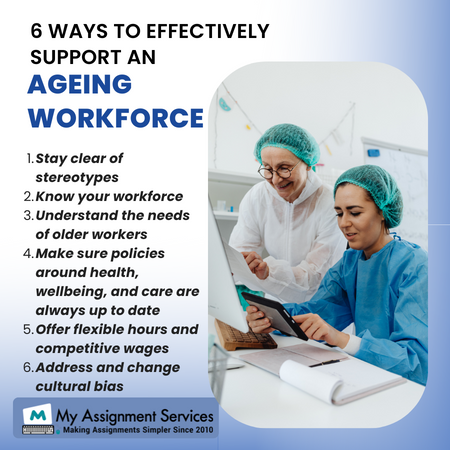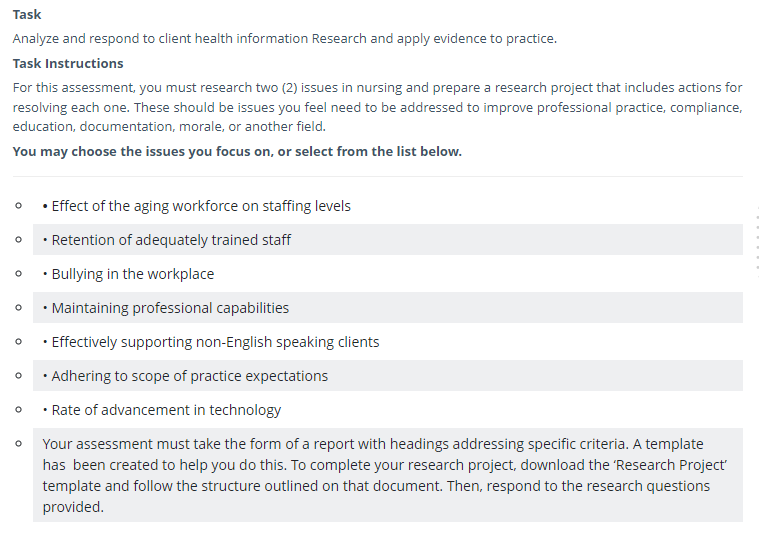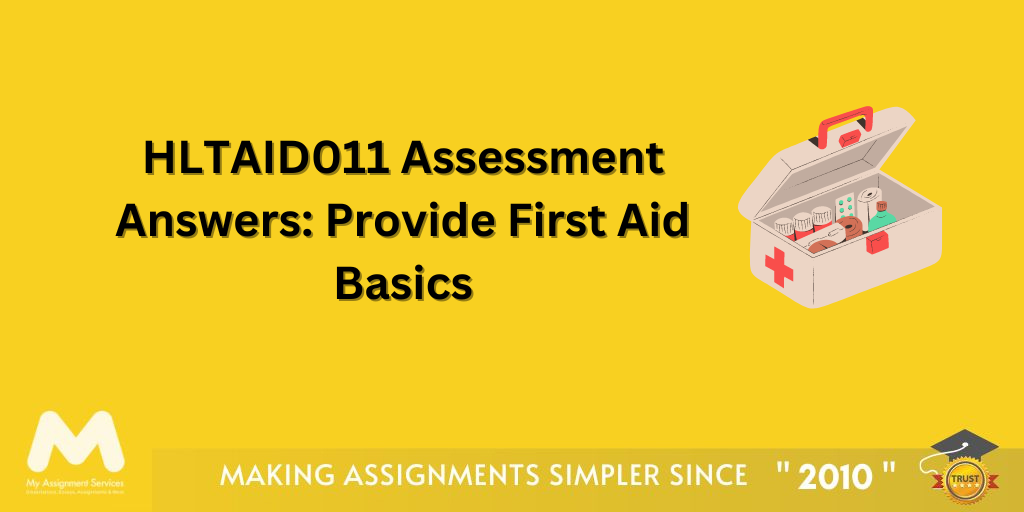
Are you aware that nurses and midwives comprise half of the global healthcare population? Yet the demand for nurses exceeds the supply; in Australia, the demand for nurses and midwives increases exponentially. From eighty-five thousand by 2025 to one hundred twenty-three thousand by 2030 per the Health Workforce Australia report. The need for nurses in Australia is at an all-time high.
Did you know that the frontline healthcare workers in Australia during the pandemic consisted of over twelve thousand aged nurses?
Furthermore, the issues in the nursing sector are often overlooked due to the constant workforce shortage. The recent covid crisis has further highlighted the issue. The average age of registered nurses in Australia is fifty-two. The ageing nursing population is the leading concern in the country. Several issues for the aged nurses and midwives entail a lack of effective healthcare.
This unit discusses such issues. In DTH107 Determine Health Assessment, for example, the ageing population face issues adapting nursing informatics. Below we’ll discuss such issues, resolution and how to develop a research project on this topic.

What are the Challenges in the Ageing Nursing Workforce?
Currently, forty-eight per cent of Australia's nursing population is above forty-five. With most of the nursing population comprising the baby boomers, the nursing sector will sooner or later experience a mass exodus due to the ageing population retiring. So, it is a challenge to retain the nursing staffing levels. Some more issues with the aged nursing population are:
Rate of advancement in technology
The third industrial revolution is at its peak, and the current scenario establishes it further. The major issue is that the rate of technological advancement is too swift for the aged to catch up. Hence, older nurses use traditional methods that are not banned or discarded entirely. But, in hindsight, it reduces the effectiveness of the care technology.
The difference in functional capacity
There’s a huge difference between the work capacity of an individual aged thirty and the one nearing their sixties - explained in the unit DTH107 determine health assessment. This is a major issue in the nursing sector as the discipline is more challenging than many others. Experience and knowledge are a plus, yet the physical inability takes away from the greying generation’s efforts.
Difficulty completing long shifts
Moreover, the nursing profession entails long shifts - eight to twelve hours - most of which require standing labour. Studies show that nurses spend much time standing or walking during their shifts, equivalent to walking two miles. For an older person, such a task is laborious per their physical capabilities.
Requires more time to heal from Injury
Some injuries or health issues can neither be predicted nor avoided. Hence, one rests to recover, but an aged person needs more such hours/days for recovery. Another major setback for the older workforce is longer repercussion time, which takes time to attain a standard work pace.
Ageism at the workplace
Lastly, per the concepts in DTH107 Determine Health Assessment, ageism examples are severe issues in the workplace. This issue goes beyond the nursing field as the shortcoming of the greyed generation often gets malicious responses from co-workers. Since older workers are not tech-savvy, so they face discrimination.
The largest gaps in the nursing workforce persist in Africa and South-East Asia, according to the WHO reports.
There is a perception that older generations are inapt to take multiple roles in the workplace due to their physical setbacks. But longitudinal retirement research in Australia shows that aged professionals are more likely to establish successful client relationships and fulfil simultaneous roles. Thus, incorporating the ageing workforce is a priority rather than a responsibility.
As nursing students, you must complete coursework like case studies, reflection essays, clinical lab reports, research projects and more. Get the best-in-class assignment help from professionals in the field for writing your DTH107 Determine Health Assessment Answers. Fill out the enrolment form to get nursing assignment help and free guidebooks. Enrol today!

How to Resolve the Challenges Faced by the Ageing Nursing Workforce?
The nursing field is in a constant shortage of workforce. The aged nurse in Australia faces increasing competition which further affects the number of prospective newcomers. In addition, the nursing field is a female-dominated industry which poses more challenges to the labour market. Here are four ways discussed in the unit DTH107 Determine Health Assessment that ensures a safe working environment for the senior employees:
Retention of adequately trained staff
According to the Nursing and Midwifery Council Register, the percentage of aged registered nurses in the workforce will be twenty per cent in 2020. This is a significant increase when compared to seventeen per cent in 2016. Including aged employees needs management intervention for retaining experienced and skilled employees regardless of age.
Policy changes to aid the ageing workforce
The federal and state government must reform policies to retain older staff. Workplace policies must accommodate feasible conditions for the aged nurses to work effectively and stay in the workforce beyond the average retirement age. Flexible work hours and considering positions with less demanding roles are a few options.
Creating healthy work environments for older nurses
Additionally, in the DTH107 Determine Health Assessment examples, the prime need is to create a safe work environment for the ageing workforce. It includes anti-bullying awareness, better work engagement, and environmental design for better accommodation of greyed nurses.
Succession planning for sharing knowledge
Another additional resolution is accommodating aged nurses in education and training sectors to pass on the knowledge and skills that their years of experience entail. People do retire in due time, but mass retirements are the issue as it reduces the skill levels.
The “World Health Organisation” predicts that the need for nurses by 2030 will be over nine million.
The need for skilled workers is perennial. No amount of prodigal talent can beat years’ worth of experience. Having an older workforce is wisdom at work. The skill and knowledge of aged workers are much needed in a team, and the nursing field is no different. Therefore, the private and public sectors must join in retaining the ageing workforce.

What are the Steps to Develop a Research Project?
A research project is meticulous and standardised academic work. You will come across a few of these throughout your nursing career. The primary steps of DTH107 Determine Health Assessment research projects are research and data organisation. The key is knowing the standard writing format and ensuring your research fits the theme. Here’s the format:
- Introduction
- Objective
- Project scope
- Literature review
- Conclusion
- Bibliography
- Appendices
You must go through various research stages before you start writing. Stick to the original thesis statement that you developed for your project. Go through multiple resources to compile your project. You may as well go through this blog to understand all the steps involved in a research project. This DTH107 Determine Health Assessment example will help you in writing your assignment answers.
The unemployment rate for nurses has been stagnant at over two per cent since 2016 per the reports published by the Department of Health, Australia.
To find more DTH107 Determine Health assignment samples and solutions, you can fill out the enrolment form and access our exhaustive library compiled of solutions solved by our experts. Also, we offer affordable nursing assignment help so that you complete your research project on time. Even if your deadline is tomorrow or a week away, our experts are apt to deliver the best right on time.
Related Study Materials
Our Experts can answer your Assignment questions instantly.
Ask Question0 Comment
Get It Done! Today
1,212,718Orders
4.9/5Rating
5,063Experts













Loved reading this Blog? Share your valuable thoughts in the comment section.
Add comment